Expert skincare tips for hikers and runners
We speak to a skincare expert to find out how we can maintain healthy skin without sacrificing time on the trail
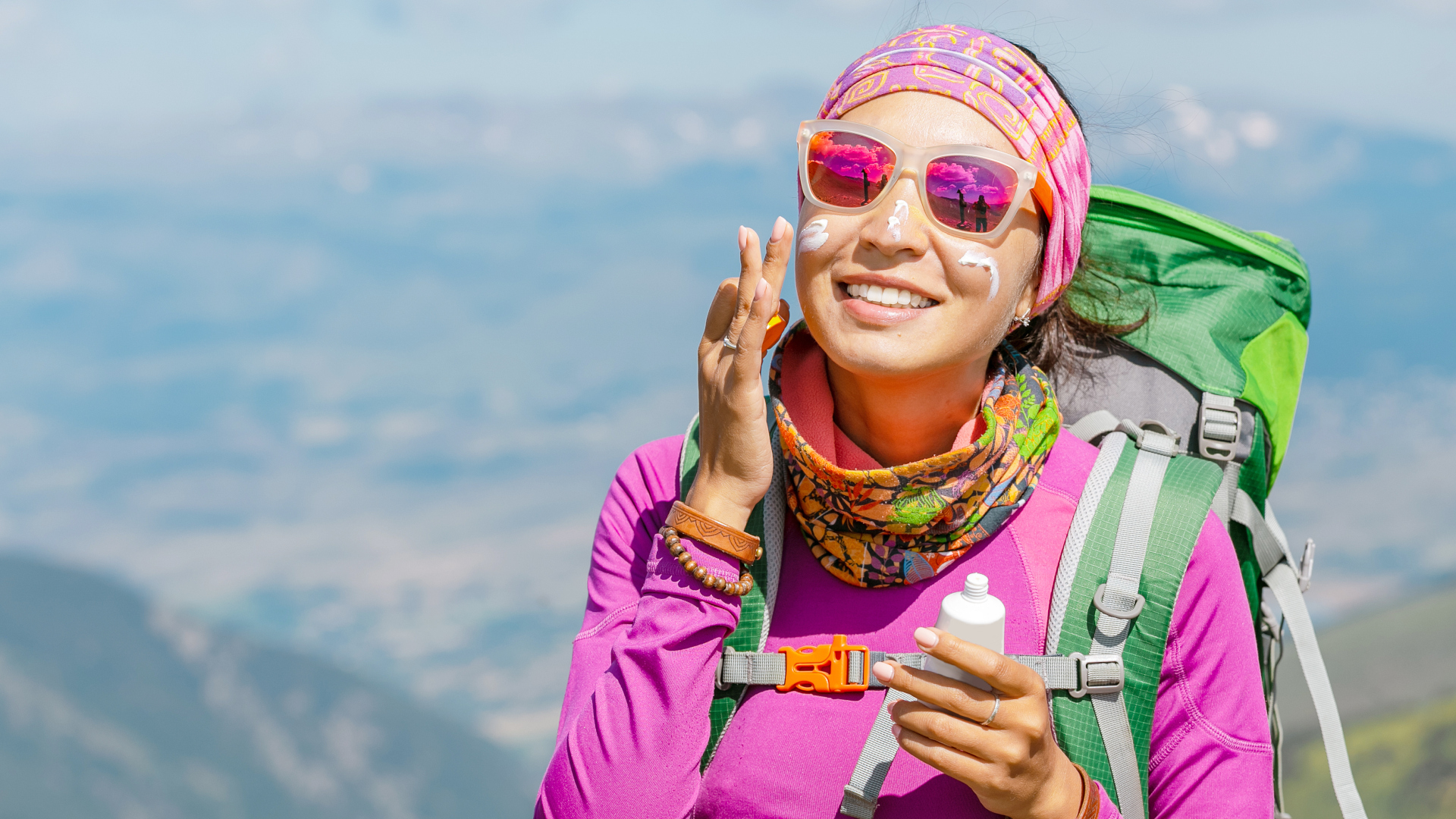
Spending a lot of time on the trail in your hiking boots or picking up the pace in your trail running shoes can definitely bestow you with a healthy glow thanks to all that fresh air, vitamin D and exercise. However, it can also leave your skin looking a little less radiant as the years go by – something I’ve noticed in myself as well as within my hiking and running friends. The summer months can bring redness and rashes while colder weather makes my skin dry and dull looking.
Now I don’t know about you, but I’m not ready to sacrifice my time on the trails for more youthful-looking skin, and though I tend to rely on sun protection for hikers and using lots of oil on my skin to combat all the time I spend on the trail, I was curious to know if there’s more I could be doing. I am, after all, getting old.
To get some answers, I recently spoke to Charlene Flanagan, makeup artist and co-founder of Ella & Jo Cosmetics to find out if my love of hiking really is the culprit, and whether there’s any way I can take better care of my skin without reducing my time in the mountains.
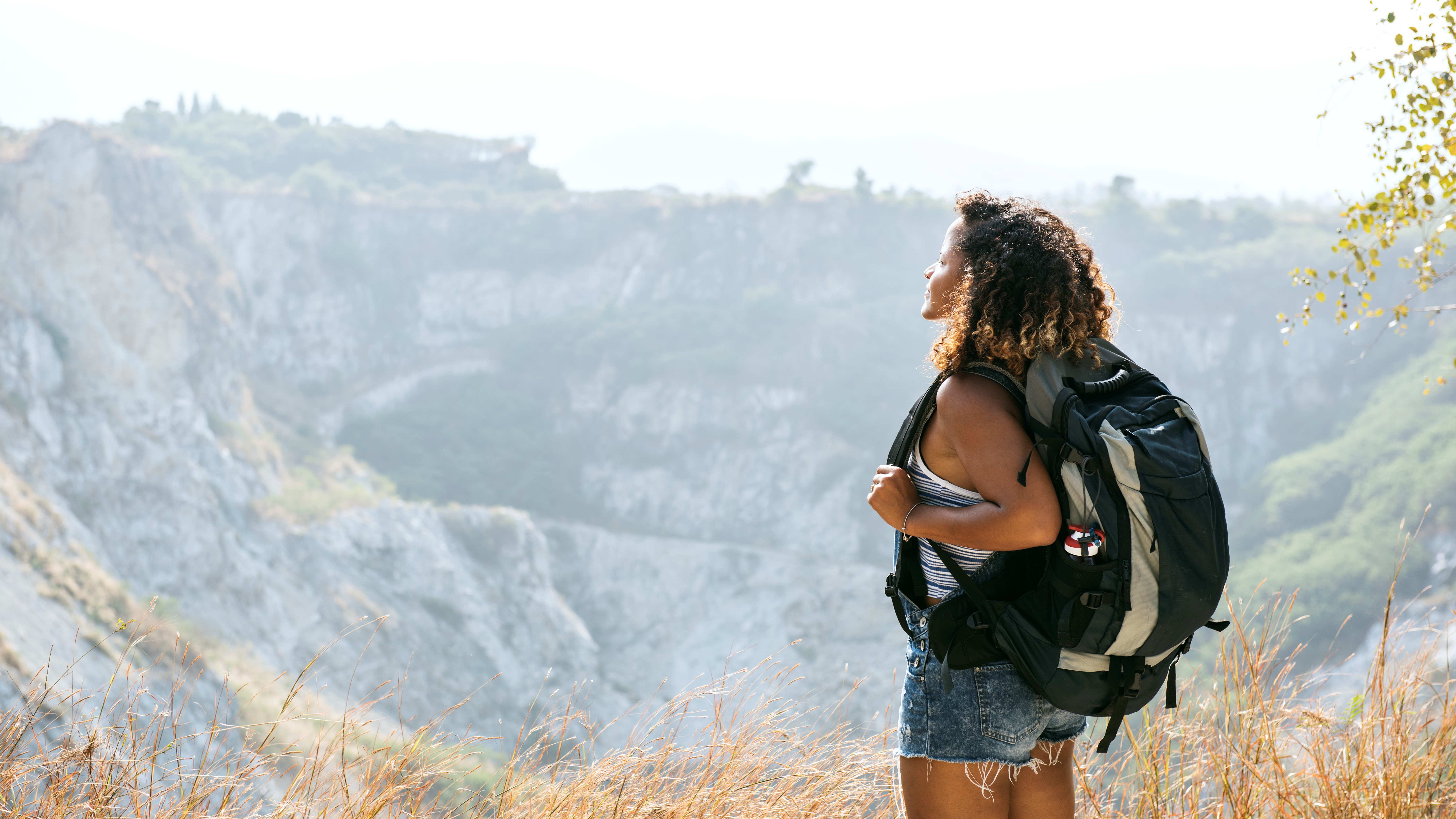
Is it harder to keep your skin hydrated outdoors?
Compared to friends who stick to indoor workouts, it turns out that your skin really does take more of a beating with your outdoor escapades, and it’s all thanks to the elements. Flanagan explains that the more time you spend out in the fresh air, the more you expose the skin of your face, neck and hands to environmental factors such as wind, salt water and sun, all of which can strip hydration from the skin.
“Wind strips away the skin's natural oils, leading to moisture loss and potentially causing chapping or irritation,” says Flanagan, explaining that cold air can also compromise your skin's barrier function, resulting in redness, dryness, and even flaking, which some term as windburn.
Moving into fall and winter, this effect is only likely to worsen thanks to the change in weather and our tendency to move between heated warmed areas indoors to colder temperatures outside, which can dry out your skin causing irritation.
“As the temperature drops, the moisture factor in your skin also drops. It can make the skin more sensitive as it affects the skin barrier. If this gets damaged your skin can find it hard to hold onto hydration.”
Advnture Newsletter
All the latest inspiration, tips and guides to help you plan your next Advnture!
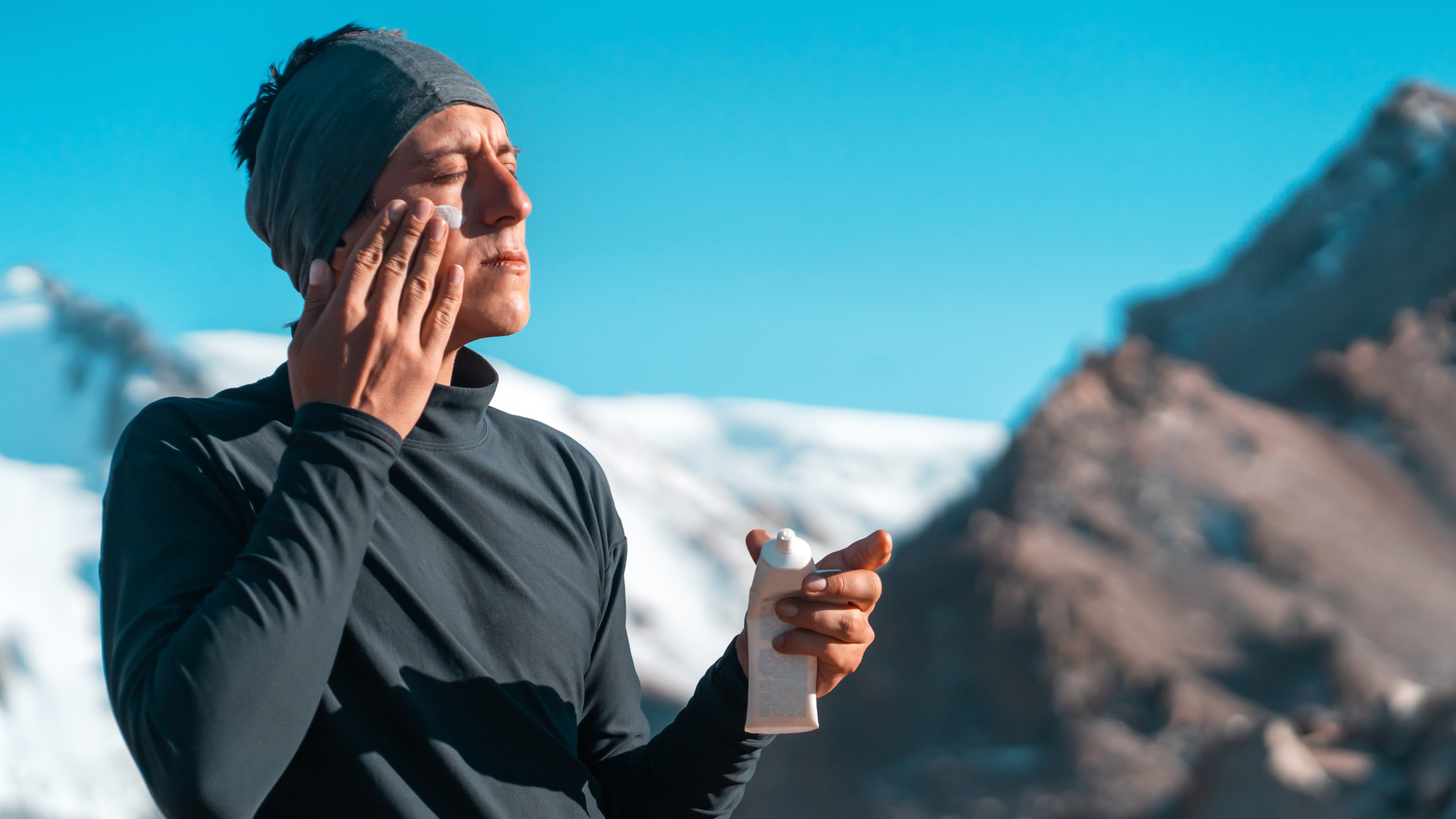
You might be wondering, as I was, whether slapping on a good sunscreen isn’t your best defense. We’ve all had it drilled into us that using sunscreen is vital to protect your skin against damage, but Flanagan says a stand alone SPF isn't enough.
“Sunscreen primarily shields the skin from UV-induced damage, but it doesn’t always address the moisture loss that occurs naturally throughout the day and also due to other factors such as the weather and being outside.”
That said, wearing sunscreen year-round is still vital, even as we head into cloudier weather, both from a UVA (aging) and a UVB (burning) point of view as the UV index can be as strong in October as it is in June.
“The building blocks of our skin that hold the tone of our facial features get damaged by UVA rays causing them to break down faster and can cause drooping and sagging of the skin.”
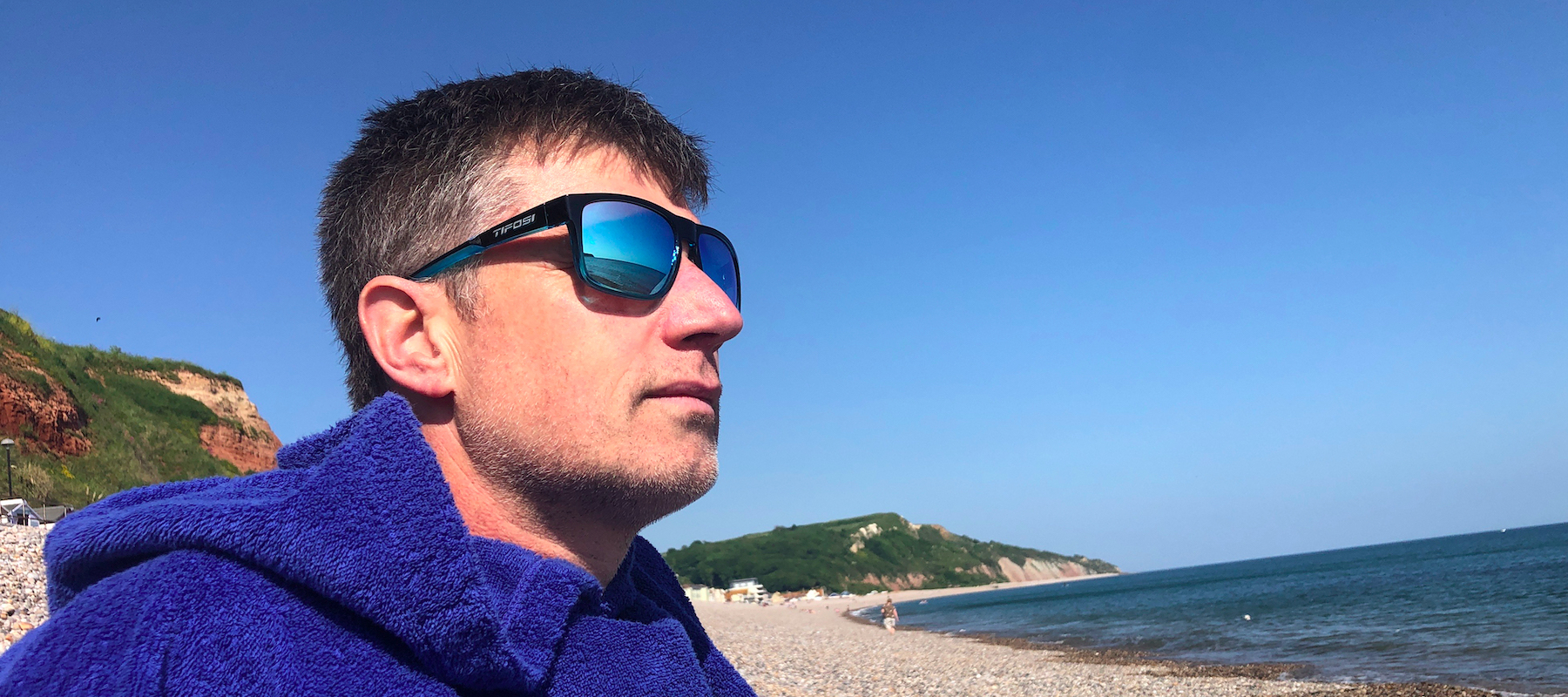
What does it mean to hydrate your skin?
In addition to wearing sunscreen and, ideally, a hat with a brim, Flanagan’s top recommendation is to keep your skin hydrated, something I’ve definitely heard of thanks to skincare marketing – but I’ll be honest, I’ve no idea what it really means. Take a shower?
“Hydrating your skin refers to the process of replenishing and maintaining its moisture content,” explains Flanagan, who recommends reading the labels and using products that contain ingredients like Hyaluronic acid, Glycerin and polyglutamic acid, which apparently work together to lock in water and prevent moisture loss from the skin.
“Proper hydration ensures that the skin's natural barrier function remains intact, leaving it soft, supple and more resilient.”
This latter part is crucial. You may not be particularly vain or worried about fine lines, wrinkles, or having smoother skin – all indications of hydrated skin, according to Flanagan – but keeping your skin hydrated is actually a good defense against further damage, something we probably all want to avoid for health reasons if not for vanity.
“Well-hydrated skin is better equipped to defend against external aggressors such as pollutants and UV radiation. Additionally, adequate skin hydration supports the skin's natural exfoliation process.”
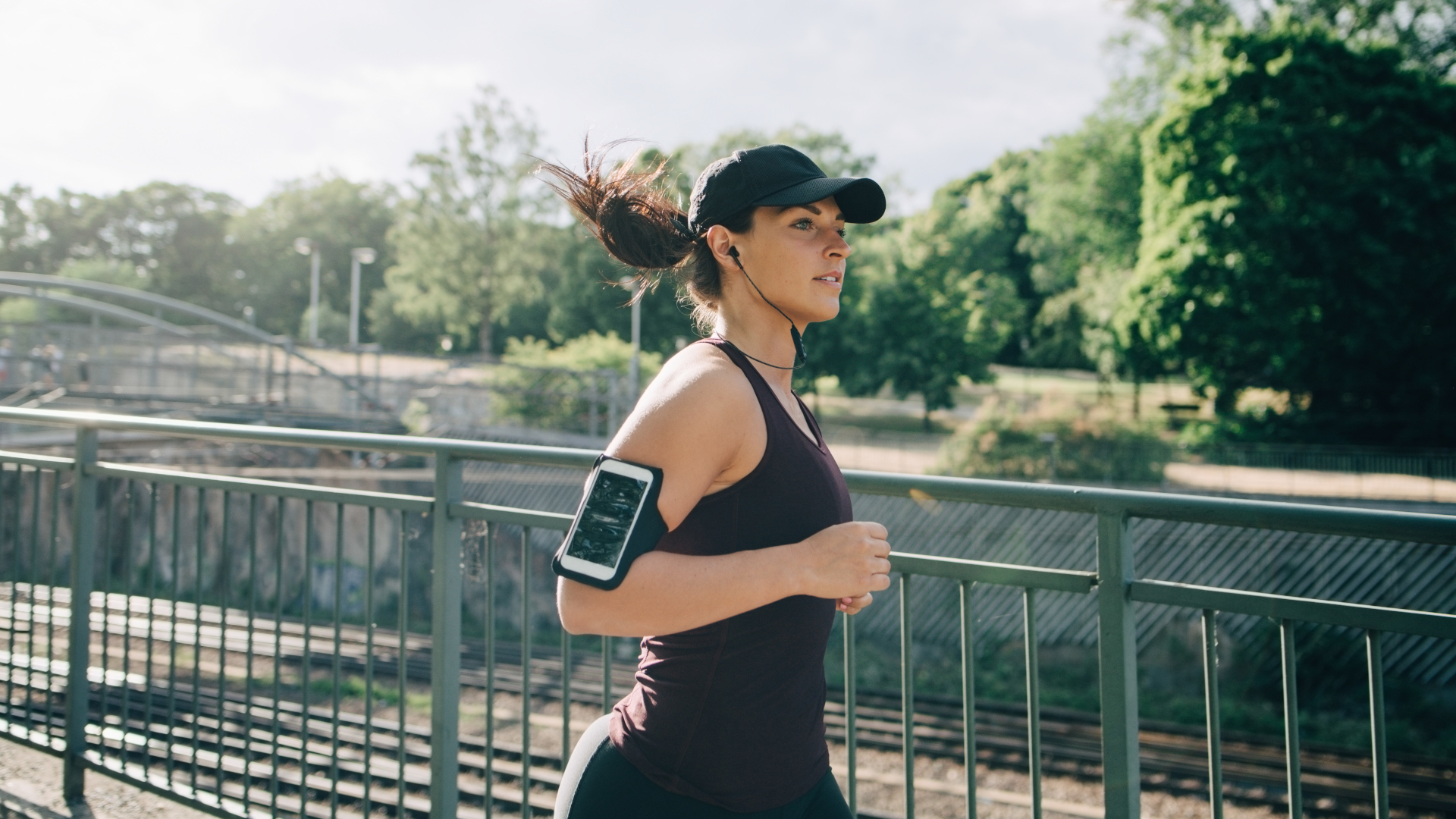
Tips for keeping your skin healthy outdoors
I asked Flanagan for her top tips for keeping my skin hydrated whilst outdoors, and I wasn’t surprised to learn that I might want to add a couple of products and practices to my routine.
Here’s what she suggests:
1. Protect
First and foremost, don’t forget – use an SPF everyday to make sure you’re protecting your skin barrier and don't forget your neck, chest and hands.
2. Use a spritz
My skincare routine basically involves washing my face before bed, applying oil twice a day and using SPF, but Flanagan’s team have sent me their 3 in 1 Hyaluronic Skin Mist, a spritz that they say is the perfect relief for dehydrated skin. Now I can’t say that I’ve been using it for long enough to notice a youthful transformation just yet, but I can say that after a long day on the trail, it feels great to spray my face with a cooling mist, especially when I have dry eyes.
3. Use a balm
You’re probably already used to using a balm on your lips or even on chapped hands, so a facial balm might not seem like a huge stretch and it can feel like a relief to your skin and can help repair the damage. In addition to your usual cleanse-and-moisturize routine, Flanagan suggests incorporating a balm like their Melt The Day Away Cleansing Balm for cleansing your kin of all the grime you pick up on the trail and using it as a micro mask in the evening when you come back indoors.
Julia Clarke is a staff writer for Advnture.com and the author of the book Restorative Yoga for Beginners. She loves to explore mountains on foot, bike, skis and belay and then recover on the the yoga mat. Julia graduated with a degree in journalism in 2004 and spent eight years working as a radio presenter in Kansas City, Vermont, Boston and New York City before discovering the joys of the Rocky Mountains. She then detoured west to Colorado and enjoyed 11 years teaching yoga in Vail before returning to her hometown of Glasgow, Scotland in 2020 to focus on family and writing.

